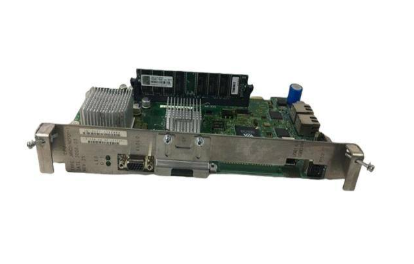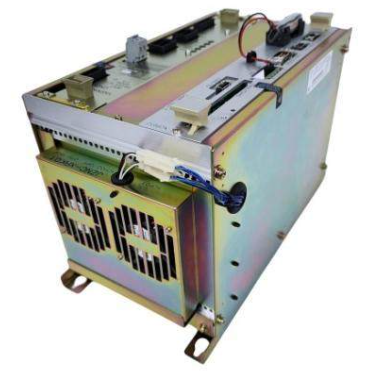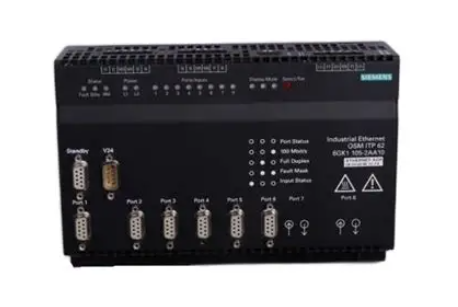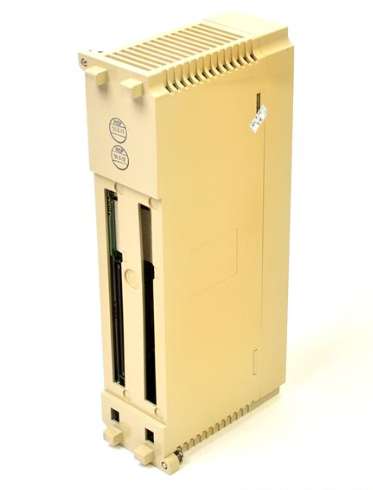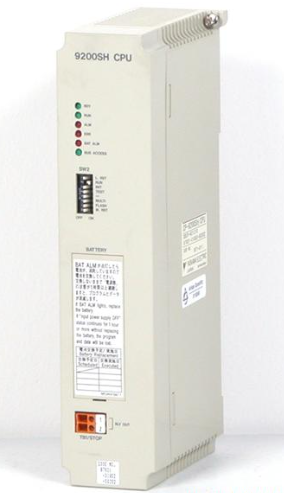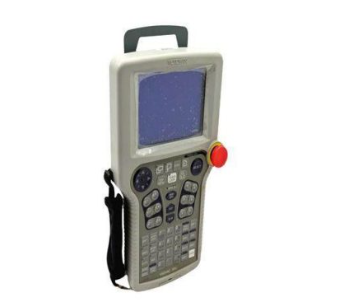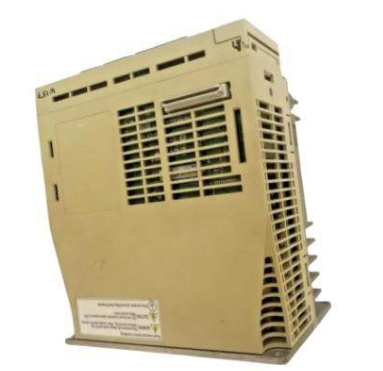AB Analog Input Module Cat. No. 1771-IFE
and conditions each rung with an enable bit rather than a completion bit.
How do I calibrate the 1771-IFE module?
Answer: Calibration requires a digital voltmeter, calibration tool, potentiometer sealant, industrial terminal and backplane expansion card.
First, adjust the 10V reference voltage, turn off the power of the processor and I/O chassis, insert the module into the expansion card and then into the chassis,
connect the voltmeter and then adjust potentiometer R64 to make the TP1 voltage 10.0000V (±.0002V max.); then, zero the input offset,
turn off the power, move jumper E1, connect the voltmeter, turn on the power and adjust potentiometer R63 to make the TP2 voltage 0.0000V (±.0002V max.).
0.0000V (±0.0002V max.), then remove the power supply and restore jumper E1 to its default position.
Application Scenarios
Industrial automation production: In the manufacturing production line, it can be connected to a variety of devices such as temperature sensors,
pressure sensors, flow sensors, etc. to collect analogue signals in the production process.
Take an automobile manufacturing plant as an example, in the painting workshop, the module collects temperature and humidity sensor signals,
which are converted and transmitted to the programmable controller, which accurately regulates the painting environment to ensure stable coating quality;
in the assembly workshop, it monitors the pressure and position sensor signals of the robotic arm to ensure the accuracy of parts assembly
and the safety of the equipment, and to improve the production efficiency and quality of the products.
Process control system: Suitable for chemical, electric power, metallurgy and other process control scenarios.
In chemical production, connect flow, pressure, temperature, composition analysis and other sensors to collect real-time analogue signals
of process parameters in the reactor. The module converts the signals into digital format and transmits them to the controller,
which adjusts valve openings, pump speeds and other actuators according to preset parameters and algorithms to realise automated control
of the production process, ensure a stable and efficient production process, reduce production costs and reduce human errors.
Environmental monitoring and control system: play an important role in intelligent buildings, environmental monitoring systems.
In intelligent buildings, temperature and humidity sensors, light sensors, air quality sensors, etc.
are connected to collect analogue signals of indoor environment and transmit them to the central control system.
The system automatically adjusts air conditioning, ventilation, lighting and other equipment based on the data to create a comfortable,
energy-efficient indoor environment. In the field of environmental protection monitoring, it is used to collect analogue signals such
as air pollutant concentration and water quality parameters to achieve real-time monitoring and early warning of environmental quality
and provide data basis for environmental protection decision-making.
Testing and experimental equipment: in all kinds of test benches and experimental equipment, it is used to collect analogue data in the experimental process.
In electronic equipment testing, connecting voltage, current, power and other sensors, real-time monitoring of electrical parameters
in the testing process, to provide data support for product performance evaluation and quality testing.
In scientific research experiments, it collects analogue signals of various physical and chemical quantities to help researchers accurately record
and analyse experimental data and promote the progress of scientific research.
- EMERSON
- Honeywell
- CTI
- Rolls-Royce
- General Electric
- Woodward
- Yaskawa
- xYCOM
- Motorola
- Siemens
- Rockwell
- ABB
- B&R
- HIMA
- Construction site
- electricity
- Automobile market
- PLC
- DCS
- Motor drivers
- VSD
- Implications
- cement
- CO2
- CEM
- methane
- Artificial intelligence
- Titanic
- Solar energy
- Hydrogen fuel cell
- Hydrogen and fuel cells
- Hydrogen and oxygen fuel cells
- tyre
- Chemical fiber
- dynamo
- corpuscle
- Pulp and paper
- printing
- fossil
- FANUC
- Food and beverage
- Life science
- Sewage treatment
- Personal care
- electricity
- boats
- infrastructure
- Automobile industry
- metallurgy
- Nuclear power generation
- Geothermal power generation
- Water and wastewater
- Infrastructure construction
- Mine hazard
- steel
- papermaking
- Natural gas industry
- Infrastructure construction
- Power and energy
- Rubber and plastic
- Renewable energy
- pharmacy
- mining
- Plastic industry
- Schneider
- Kongsberg
- NI
- Wind energy
- International petroleum
- International new energy network
- gas
- WATLOW
- ProSoft
- SEW
- wind
- ADVANCED
- Reliance
- YOKOGAWA
- TRICONEX
- FOXBORO
- METSO
- MAN
- Advantest
- ADVANCED
- ALSTOM
- Control Wave
- AB
- AMAT
- STUDER
- KONGSBERG
- MOTOROLA
- DANAHER MOTION
- Bently
- Galil
- EATON
- MOLEX
- Triconex
- DEIF
- B&W
- ZYGO
- Aerotech
- DANFOSS
- KOLLMORGEN
- Beijer
- Endress+Hauser
- MOOG
- KB
- Moxa
- Rexroth
- YAMAHA
- Johnson
- Westinghouse
- WAGO
- TOSHIBA
- TEKTRONIX
- BENDER
- BMCM
- SMC


Email:wang@kongjiangauto.com

